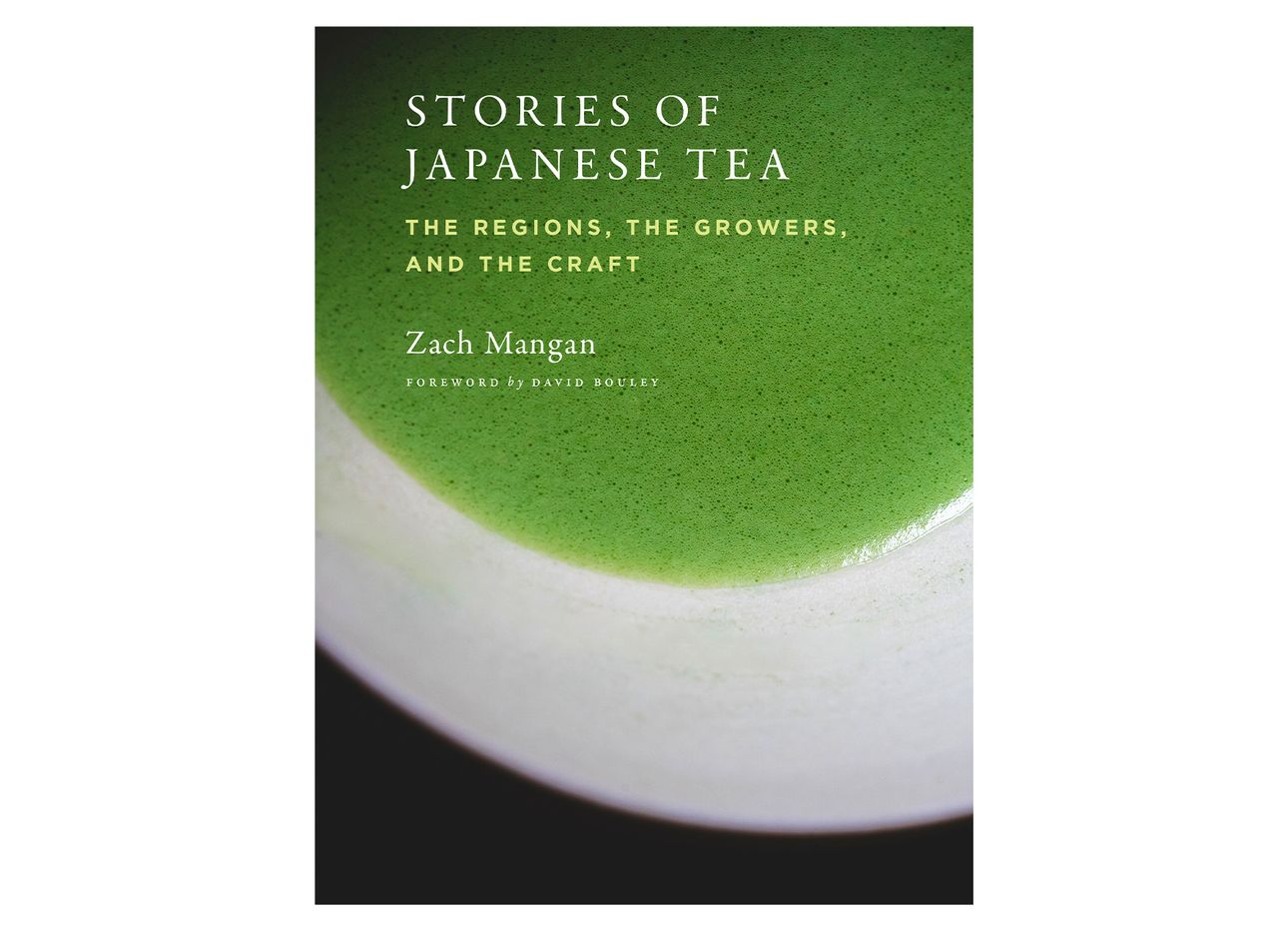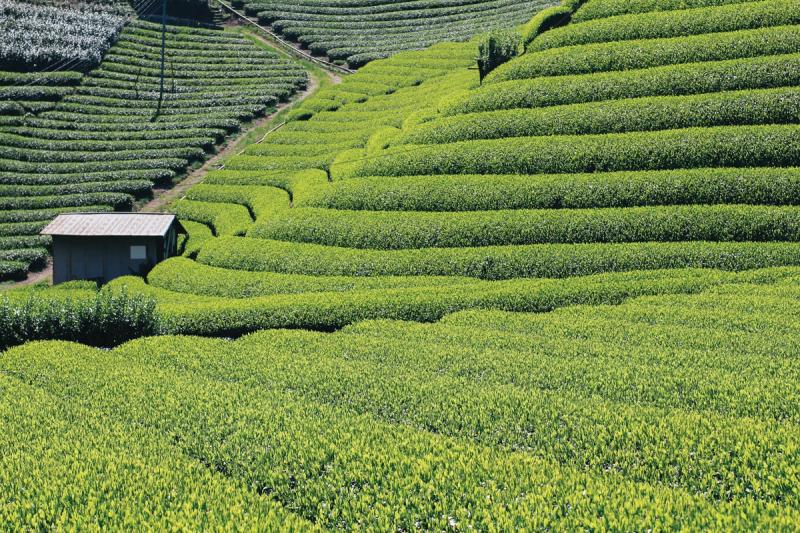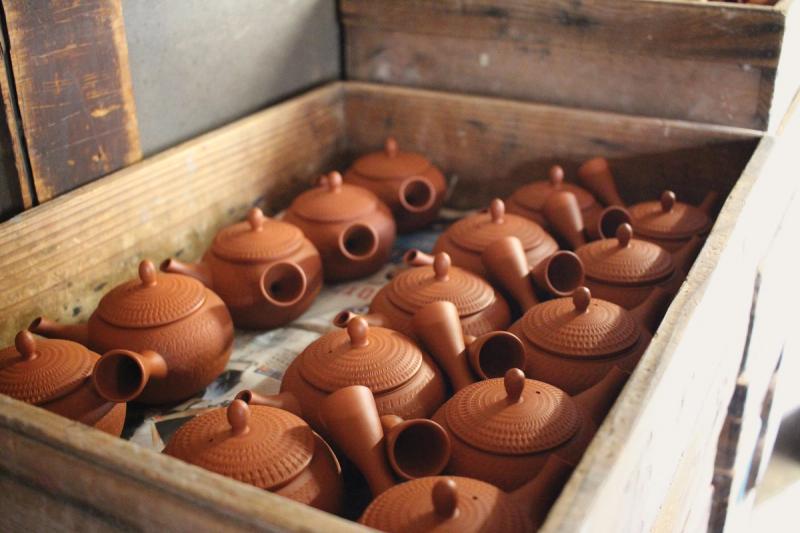
A Handbook for Navigating the Nuances of Japanese Tea
Steeped in centuries of rich cultural and agricultural practices, Japanese tea can be difficult to fully grasp, with its subtle hints of flavor and complex aroma. Brewed for well-versed drinkers and first-sip novices alike, Zach Mangan’s Stories of Japanese Tea: The Regions, The Growers, and The Craft (Princeton Architectural Press) provides the ideal guide.
In the late 2000s, Mangan embarked on his own tea journey, turning from a life as a musician to one of a tea expert after a chance encounter with shincha while on tour in Paris. That first fateful bag later sparked a month-long trip to Japan, where the idea for Kettl, Mangan’s tea distribution company with offices in Brooklyn and Fukuoka, began to germinate. Here, Mangan returns to the roots of his craft and writes an account of his discoveries. The book, which documents how Mangan first fell in love with tea, acts also as a curated compass, containing recipes and food pairings, interviews with experts and craftsmen, and of course, step-by-step guides on how to assess, purchase, and brew the perfect cup of tea.
In the book, Mangan catalogs the diversity of Japanese teas, charting a course from the wide-ranging styles of sencha, to the booming popularity of matcha, to the deep, distilled umami of gyokuro. He writes carefully and lovingly about each genre of tea, easing out its distinctive qualities and logging the specific processes that precede each harvest. His words, though soaked in expertise, are easy to understand and accessible even to the least refined palate.
The book does not begin and end with Mangan’s journey alone. Its pages also briefly trace the echoes of tea history, touching on major developments that thrust the drink from an ancient footnote to a headline that spanned generations. Today, tea has become prolific both in and out of Japan. And with new technologies, Mangan notes, teamakers can create a quality product that stays fresh for longer.
Despite the rich history, though, it’s easy for descriptions of tea to fall flat. Often, people default to “earthy,” Mangan says. But tea, as with coffee or wine, takes time and study to understand. There is indeed a “terroir” to it. And while an undeveloped vocabulary doesn’t diminish one’s ability to enjoy it, Mangan leaves us with ways to broaden our language around it. So slow down, take a sip, and embrace your “flavor memory.” Do you pick up hints of leafy greens or nuts? Aromas of flowers in bloom? According to Mangan, there are no wrong answers.




